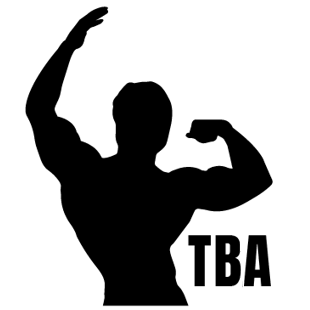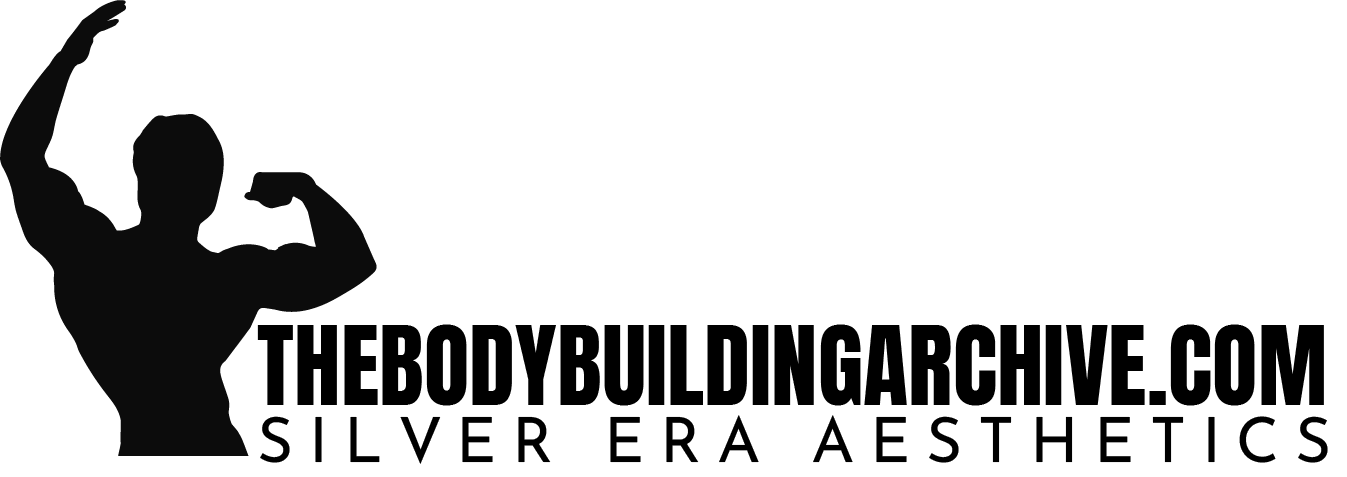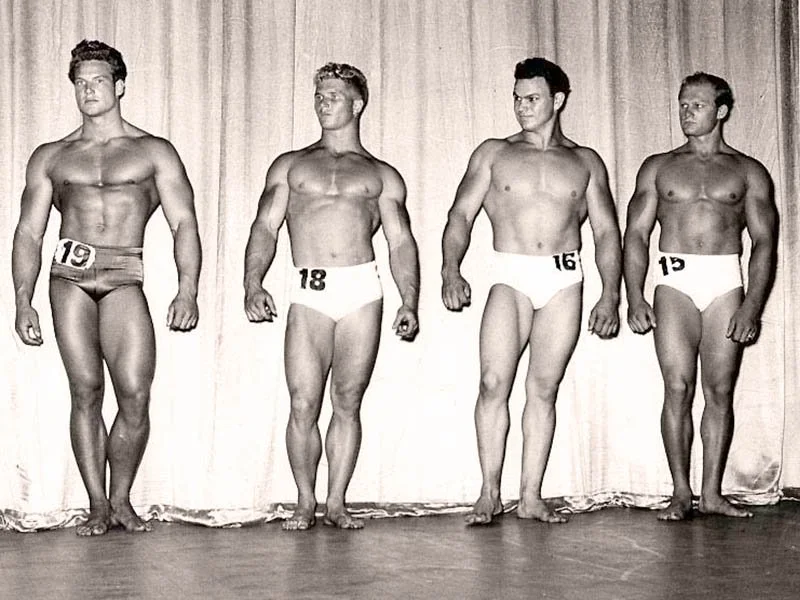
What has Old School Bodybuilding done for the the modern fitness industry? Bodybuilding, at its core, aims to enhance one’s muscular appearance. Its modern concept revolves around bulking up as much muscular mass as anatomically possible. This looks somehow different from the old-school concept of muscle building, which was more about improving overall male aesthetics.
Looking at this contrast, you may wonder how much influence the old school bodybuilding culture could have on modern-day methods. Let’s find this out in this article.
Historical Context and Key Figures
Weightlifting entered the entertainment industry towards the end of the 19th century. This laid the foundation for the physical culture in Europe. This was the first time the world saw the ancient Greek and Egyptian stone-lifting culture transforming into a modernized training system.
However, this weight training was not intended to give weightlifters a glorious physique. Instead, it focused on preparing professional strongmen to thrill crowds.
The bodybuilding sport became widely recognized with competitive events, one of which was “The Great Competition” held in 1901. This event was organized by one of the greatest bodybuilders and showmen, Eugen Sandow.
Weightlifting continued to evolve and progressed into the 1930s, an era when bodybuilders became more interested in using the sport to improve their body symmetries.
In 1939, the first modern bodybuilding event, “Mr. America” was organized, which was won by John Grimek, who also won the next event.
The 1940s marked the beginning of the bodybuilding’s silver age. More gyms started operating in the US and Britain during this time, and practices of group training became more commonplace.
With the establishment of the IFBB (the International Federation of Bodybuilders) and NABBA (the National Amateur Bodybuilders Association) in 1946 and 1950, respectively, bodybuilding continued to grow as a sport at an exponential rate, setting the foundation for the bodybuilding golden age (spanning over the 1960s, 1970s, and 1980s). These organizations held major bodybuilding events like Mr. Olympia and Mr. Universe, which introduced to the world some of the most influential bodybuilders of all time, including the great Arnold Schwarzenegger.
Schwarzenegger becoming a Hollywood star played a significant role in glorifying muscular body aesthetics, making the fitness industry more lucrative. By the end of the 1970s, the IFBB became a major bodybuilding organization with more than 100 member countries. Soon, bodybuilding became a multi-billion dollar industry.
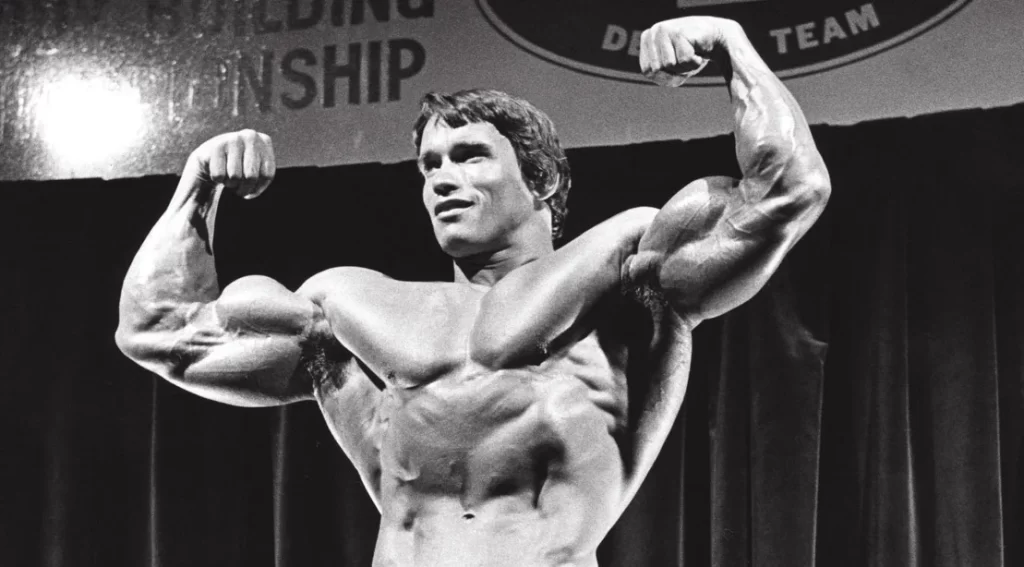
Old School Bodybuilding Principles
Old School bodybuilders used to commit to completely natural bodybuilding practices, and they were adept at the best practices. Their training principles were far more simplistic than contemporary protocols.
The most salient principles of old-school bodybuilding include the following:
- Full-body workouts: Conventional bodybuilders focused more on full-body workouts rather than training specific muscle groups. They would perform these workouts at least three times a week, and their training sessions would include everything from bench presses to barbell rows and many more.
- Volume: Old-school bodybuilding usually involved 10 sets, each of 10 reps, for almost every workout. Going with this plan would mean an absolute workload for all the muscles involved in the training.
- Recovery: With the introduction of steroids and a wide array of post-workout supplements, modern-day bodybuilding leads to a shorter and simpler recovery. However, things were not like this with old-school workout methods. Bodybuilders had to reserve recovery days to let their workout routines lay the desired effect.
Influence of Old School Bodybuilding on Modern Fitness
Old School Bodybuilding helped the globalization of the sport, shaping the fitness industry towards its current form. Research on training methods and fitness nutrition opened doors to further advancements, which led to the development of several bodybuilding modalities, such as advanced weight training, resistance training, velocity-based training, and many more. The most significant influence is that the modern-day fitness industry inspires people in all parts of the world to engage in workouts and get in shape.
The Use of Performance Enhancement Drugs
Modern-day bodybuilders prioritize physique goals more than ever. This has elicited the “doing whatever it takes” behavior in many of them, even if it involves compromising health. The most prominent example of this is an increasing reliance on anabolic steroids. According to research, doping anabolic steroids can increase the endogenous output by 10-100 times. Even though it’s been a long time since this drug was declared a banned substance, many athletes and bodybuilders continue to use it to increase their gains. On top of that, underground labs have been able to alter the chemical structuring of anabolic steroids to make them undetectable in the athletes’ bloodstream.
It wouldn’t be wrong to say that the inspiration to use anabolic steroids has come from the golden era’s bodybuilders. Many legendary athletes from the ’60s and early ’70s used this drug to achieve a celebrity muscular physique, something which served as their ticket for entry into the bustling world of Hollywood. However, most of them used shorter steroid cycles to prevent harmful effects on the liver and reproductive system. Moreover, they did not have access to other drugs like Synthol, the use of which has prevailed significantly among modern-day bodybuilders.
The Social Media Effect
One of the most significant influences on bodybuilding as a sport has come from social media. With an overwhelming level of information being shared across the internet, it is easy to get swayed by the concept of the perfect body. But at the same time, social media has helped many people to pursue their dreams.
The common benefits of social media for athletes and bodybuilders are as follows:
- Better accessibility: Platforms like YouTube, Facebook, Instagram, and TikTok help fitness enthusiasts find content that may help them get in shape. Many qualified fitness coaches and celebrity athletes post regular videos on their channels, allowing their viewers and subscribers to get workout and nutrition ideas.
- A source of motivation: With social media, it is easy to stay updated about your favorite athlete’s daily routine, which can help you remain motivated about your own fitness. Athletes and bodybuilders on social media platforms routinely share their diet plans, workout schedules, challenges, and accomplishments, which help their followers learn important lessons and keep up with their fitness journeys.
That being said, social media does have some downsides, such as the following:
- Building wrong perceptions: Many social media influencers share photoshopped images and curated pictures to portray the perfect body, which may foster a sense of inadequacy in viewers. As a result, they are more likely to get discouraged.
- Misinformation: There isn’t a shortage of self-proclaimed fitness ‘gurus’ spreading misinformation that can potentially lead many people to do more harm than good with their bodies. Their advice can range from wrong posture suggestions to insistence to use performance enhancement drugs in higher amounts.
- Body shaming: Freedom of sharing opinions is indeed a great opportunity that social media provides. However, it has also given rise to unnecessary passing of judgments. Many people perpetuate negative body image, which can affect someone’s self-esteem.
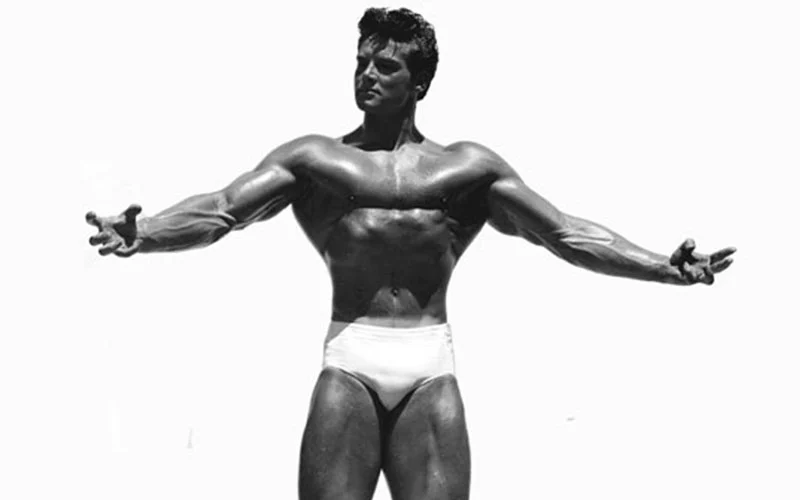
Conclusion
Old School Bodybuilding was not as mainstream as traditional sports. It existed on a small scale amongst those who were dedicated to a lifestyle that emphasized physical development, symmetry, and overall health.
It did though, achieve a level of recognition and popularity that laid the foundation for the modern bodybuilding culture. Today, bodybuilding, in various forms, continues to be a prominent part of the fitness and sports landscapes and has benefited significantly from the latest research on workouts and diet. However, this advancement wouldn’t have been possible had the bodybuilders of the silver and golden era’s not put effort into its globalization. They truly created the image of a well-sculpted, muscular body and have inspired millions of people around the world.
